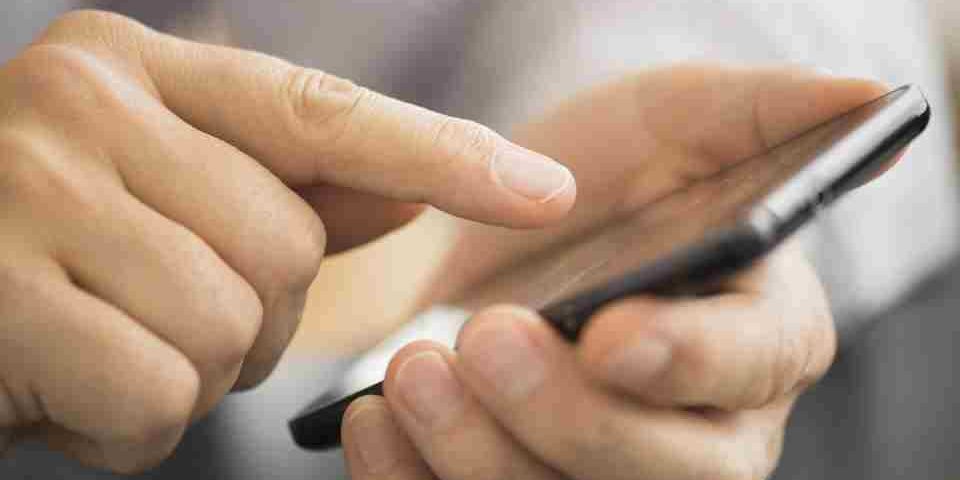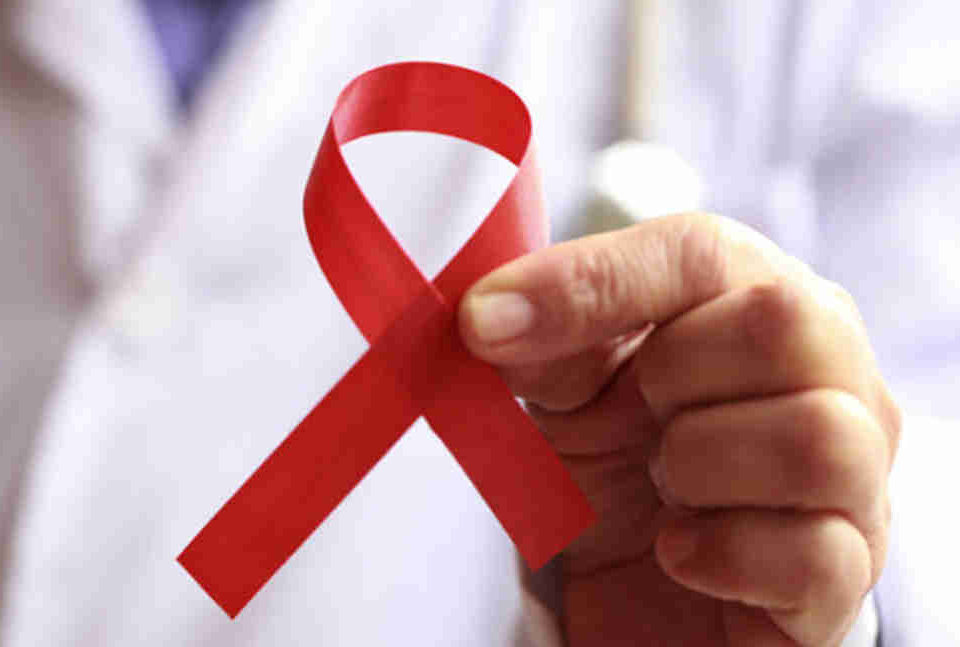- 如有疑问,请联系电邮
- customer@ihealth66.com
USNEWS:现在的智能手机已经可以诊断多种健康问题!

USNEWS:15种不能对慢性疼痛患者说的话
2019年1月18日
中国甲状腺癌诊疗规范(2018年版)(3)
2019年1月21日By Tracy Staedter
你可能不知道,现在最强大可用于管理健康的工具已经在你手中。随着电子技术的快速发展,智能手机已经配备了摄像头、加速度计和对无限互联网数据的访问,再加上日益提高运行速度的中央处理器,智能手机现在已经可以用来诊断某些健康问题。
现在全球一些独立的健康诊断研究小组已经把智能手机变成了显微镜、心脏监视器、震颤探测器等等。一些应用程序甚至可以通过收集个人行为数据来预测一个人是否存在自杀风险。随着全球越来越多的人可以使用智能手机,智能手机正成为流行的医疗保健工具,它可以帮助诊断多种健康问题,如心脏病、高血压、糖尿病,现在已经要发展到10秒内检测到HIV病毒;这样就可能挽救远离先进医疗技术地区的人们的生命。
THE MOST POWERFUL TOOL available for managing your health is already in your hand. Equipped with a camera, accelerometer, fast processing power and access to unlimited internet data, smartphones can now be used to diagnose health problems.
Independent research groups have turned smartphones into microscopes, heart monitors, tremor detectors and more. Some apps are even working to collect data to predict an individual’s risk of suicide. As smartphones become accessible to more people across the globe, they are becoming popular health care tools that may be able to diagnose the following health problems, potentially saving the lives of people who live too far from an area with advanced medical technology.
HIV Detected in 10 Seconds
Nearly 37 million people worldwide were living with HIV/AIDs in 2017. Early diagnosis can save lives, and access to antiretroviral drugs can extend life expectancy by 10 years, reduce infant mortality by 76 percent and prevent disease transmission from pregnant women to their babies.
A team of researchers led by scientists at the University College London recently developed a disposable sensor that plugs into a smartphone and can diagnose HIV in 10 seconds. The sensor is a specialized computer chip that contains tiny channels that allow fluid, like blood, to flow. The insides of the channels are coated with particles that specifically react to HIV. When blood from a patient is added to the channels, the particles respond if the blood is HIV positive. The reaction is detected by the sensor, which sends an electric signal to a program installed on the smartphone and displays the results to the doctor.
Accurately Diagnosing Malaria
Malaria, a life-threatening disease transmitted by mosquitoes, is often misdiagnosed. According to the Centers for Disease Control and Prevention, the reasons for this can vary, including clinical workers’ lack of experience and inability to make an accurate diagnosis. In countries where the disease is not common, health care workers may not think to test for the condition. In countries where malaria is common, some carriers develop enough immunity to the disease that they don’t show symptoms.
Recently, researchers at TU Delft in the Netherlands won an award for their Optical Smart Malaria Diagnostic device. By putting a small glass ball in front of a smartphone’s camera lens, the researchers were able to transform the device into a microscope that increased the view by 8.5 times. The phone’s built-in zoom capabilities further increased the magnification enough to examine red blood cells on a glass slide. Malaria appears in infected cells as a dark spot surrounded by a lighter ring.
Eliminating Respiratory Disease in Children
According to the World Health Organization, acute respiratory disease is one of the leading causes of death in children worldwide. A new smartphone-based application, developed by physicians at Massachusetts General Hospital, diagnoses acute respiratory disease in children by analyzing how their coughs sound.
The app, called ResAppDx, could eventually replace X-rays, CT scans, spirometry and blood and sputum tests. The developers are currently running the app through clinical trials to assess its effectiveness and refine its algorithm.
Collecting Data Points to Diagnose Parkinson’s Disease
More than 10 million people worldwide live with the neurogenerative disease known as Parkinson’s disease. Symptoms include muscle tremors, slow movement, and limb rigidity, and develop gradually and subtly over time. As a result, the disease is often diagnosed after it has progressed.
An EU-funded research project called i-PROGNOSIS, coordinated by Aristotle University of Thessaloniki, Greece, has developed an app that works with smartphones, smartwatches and fitness bands to track a variety of biological cues that, when added together, could signal the onset of the disease. Voice characteristics, hand steadiness, facial expressions in photographs and emotional content of text messages are all collected with the user’s consent. Encryption technology is used to replace the user’s name with a coded identification number to protect privacy.
Currently, the research team is collecting data from 5,000 participants that will eventually be used to build an artificial intelligence-based program that can warn people that they may be developing the disease. The program will also have the ability to offer games to help improve the patient’s diet, emotional and physical state, and ability to write and talk.
Measuring Blood Flow
Before a medical procedure like a coronary angiogram, bypass surgery or kidney dialysis can be conducted, a doctor typically determines how well blood is flowing through a patient’s arteries. The Allen Test is a common procedure that involves pressing on two spots on the patient’s wrist to temporarily stop blood flow. Once the pressure is released, the doctor exams how quickly color returns to the hand.
In May 2018, researchers in Canada published the results of study that found a free iPhone app called Instant Heart Rate could analyze blood flow in a person’s index finger more accurately than the Allen Test. The app works using a smartphone’s camera light and lens. The software analyzes the reflection of light from a person’s finger and looks for changes in color and brightness to interpret changes in their pulse. In the study involving 438 people, the smartphone app had a diagnostic accuracy of 94 percent compared to 84 percent using the Allen Test method.
Eye Exams Available Online
Smartphones cameras are now so advanced that they are being adapted to perform eye exams. Several research teams have developed portable eye exam applications ideal for use in developing countries where access to expensive equipment and eye exam professionals are limited.
Several U.S.-based companies now have online eye tests that use a phone’s or computer’s camera to pinpoint the correct prescription, test sensitivity to light and determine colorblindness and astigmatisms. The American Academy of Ophthalmology states that smartphone eye tests may be best suited for people ages 18 to 39 who simply want to update their prescription. Online tests cannot diagnose eye problems like glaucoma or cataracts, so they should be paired with regular visits to an ophthalmologist.
Working to Prevent Suicide
According to the CDC, suicide is the tenth leading cause of death in the United States, and new analysis shows it’s on the rise. Although a variety of factors may indicate who is at risk, there is no clear-cut way to determine when someone will attempt suicide.
Smartphones could offer a real-time opportunity to sense immediate risk factors and step in to thwart the behavior. Several research teams, including those at Harvard University and Vanderbilt University, are using smartphones to gather detailed insight from volunteers who are at high risk for attempting suicide. Participants are asked to respond to questions sent via text message throughout the day, and some are also asked to wear sensors that monitor their daily activity and sleep levels. The idea is to collect specific, time-sensitive data from a wide range of people over a long period of time and then use artificial intelligence-based algorithms to see patterns humans can’t. From there, scientists can build programs that flag those at immediate risk, allowing for technological and human intervention.
Advanced cameras, motion sensors, facial recognition, natural language algorithms and artificial intelligence are beginning to allow smartphones to act as health care assistants. They can be used to analyze human health data and serve as sophisticated laboratory equipment, improving access to health care for millions across the globe.





